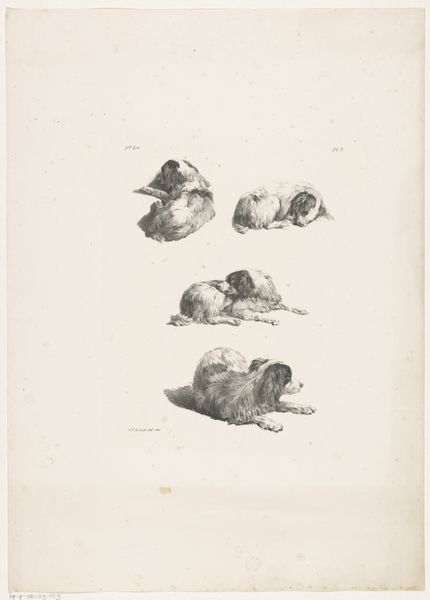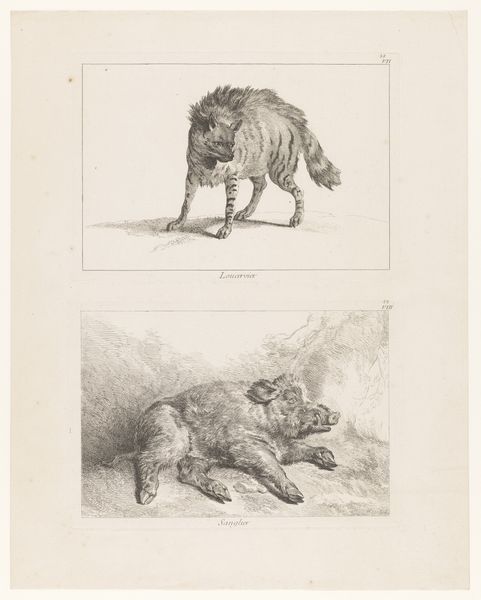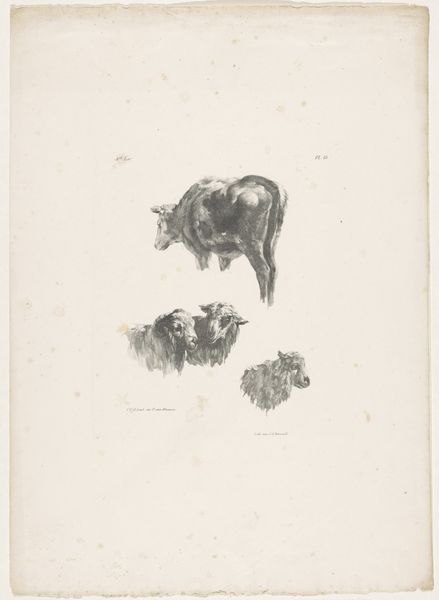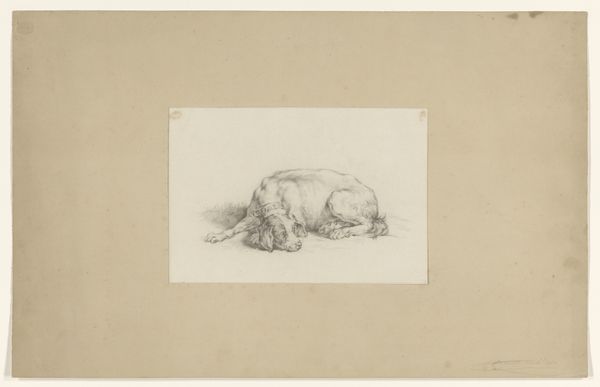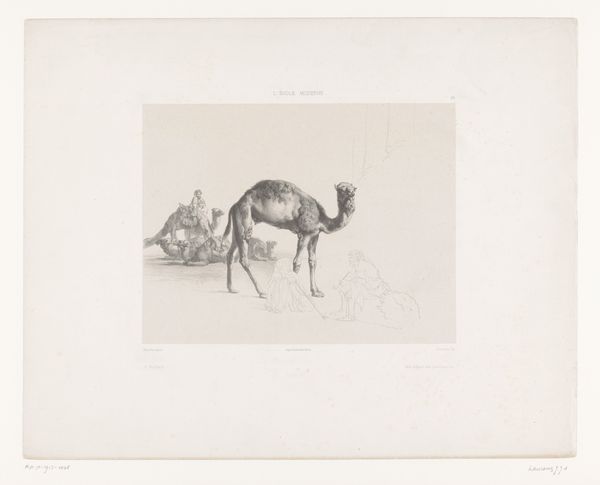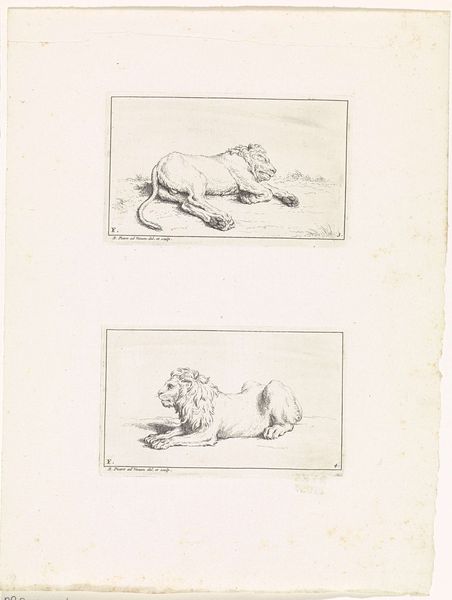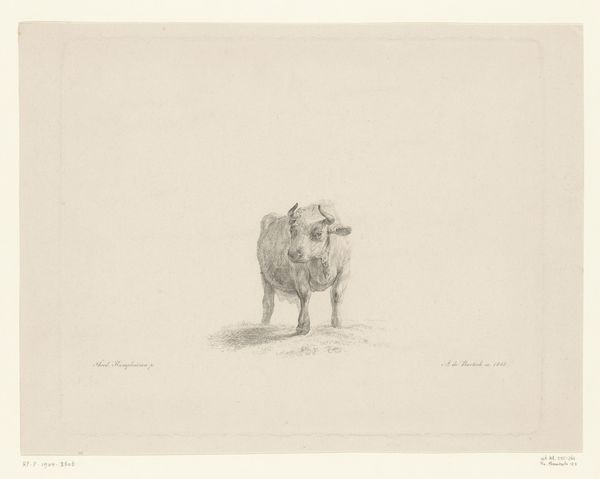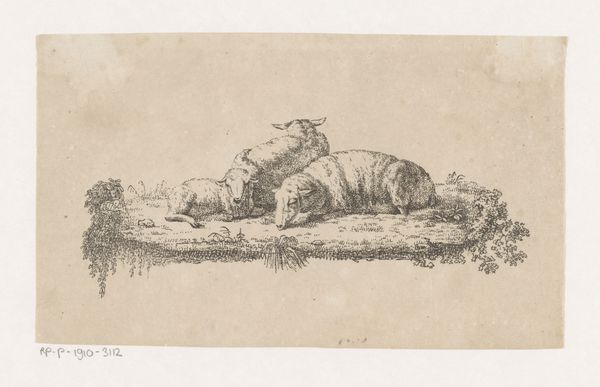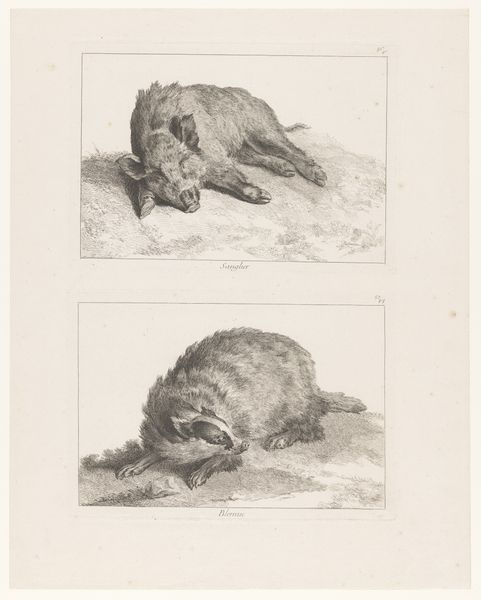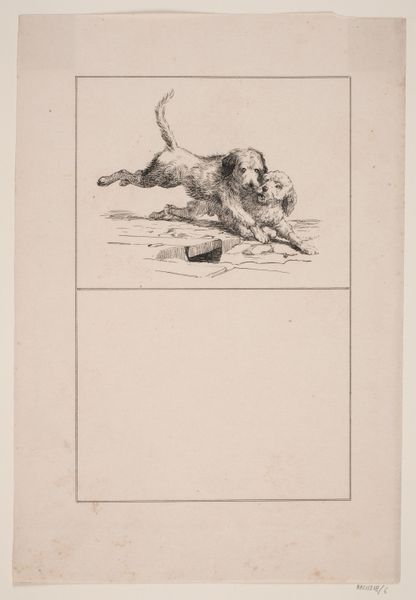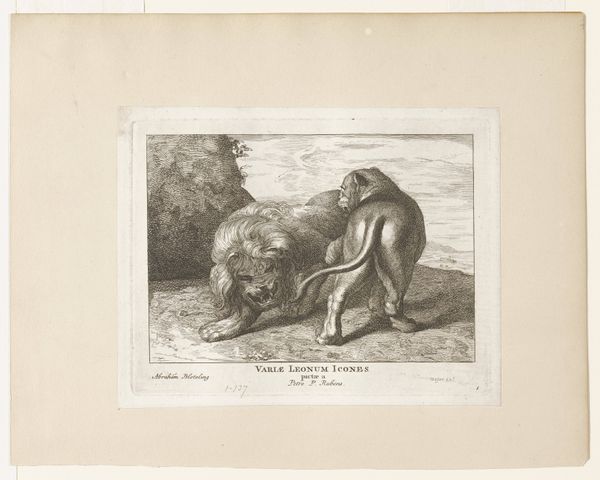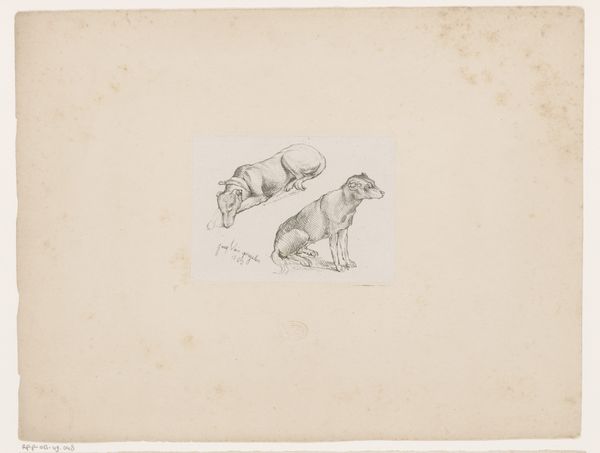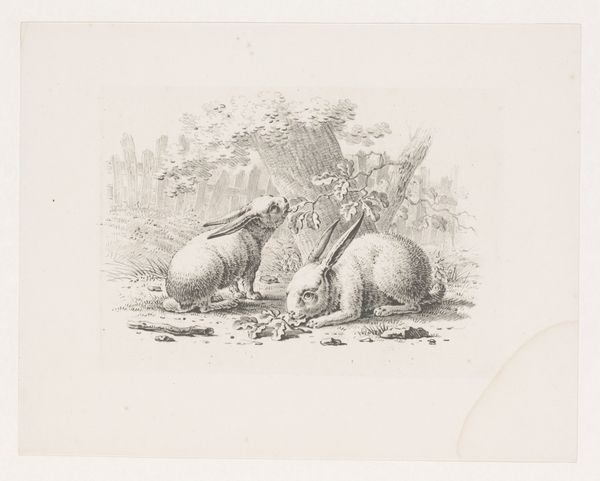
drawing, pencil
#
drawing
#
pencil sketch
#
dog
#
landscape
#
figuration
#
romanticism
#
pencil
#
watercolour illustration
#
realism
Dimensions: height 460 mm, width 332 mm
Copyright: Rijks Museum: Open Domain
Editor: This is "Hond en schapen" – Dog and Sheep – by Roelof van der Meulen, made sometime between 1820 and 1833. It’s a pencil drawing at the Rijksmuseum, and I’m immediately struck by the detail achieved with just pencil. What can you tell me about it? Curator: Well, consider the material reality of pencil itself during that era. Early 19th century pencils weren't the uniform instruments we know. Think about the social context: mass production was only just starting, and high-quality drawing materials might still be precious commodities, especially good paper. The control the artist demonstrates points to the status they afforded this medium. What statement could that suggest? Editor: That's a great point, the detail seems too impressive given the potential material limitations. Perhaps it elevates this "sketch" closer to "art?" The dog is incredibly detailed while the sheep almost seem generic... Does this elevate one class above another? Curator: Precisely! And that ties into how the animal labor itself – herding and producing wool, for instance – shaped society. Is van der Meulen presenting some hidden form of labor through this sketch? What kind of access to the material world can he be representing with the dog on top? Does the method influence or limit expression and message? Editor: It definitely seems to point out the use of labor. I hadn’t thought about it like that before. The choice to portray these figures in this particular medium underscores their everyday existence in a particular place and social construct. Curator: Indeed. By understanding the pencil, the paper, and the labor that enabled this work, we grasp Van der Meulen’s depiction of class in the rural world of his time and its implicit commentary.
Comments
No comments
Be the first to comment and join the conversation on the ultimate creative platform.
